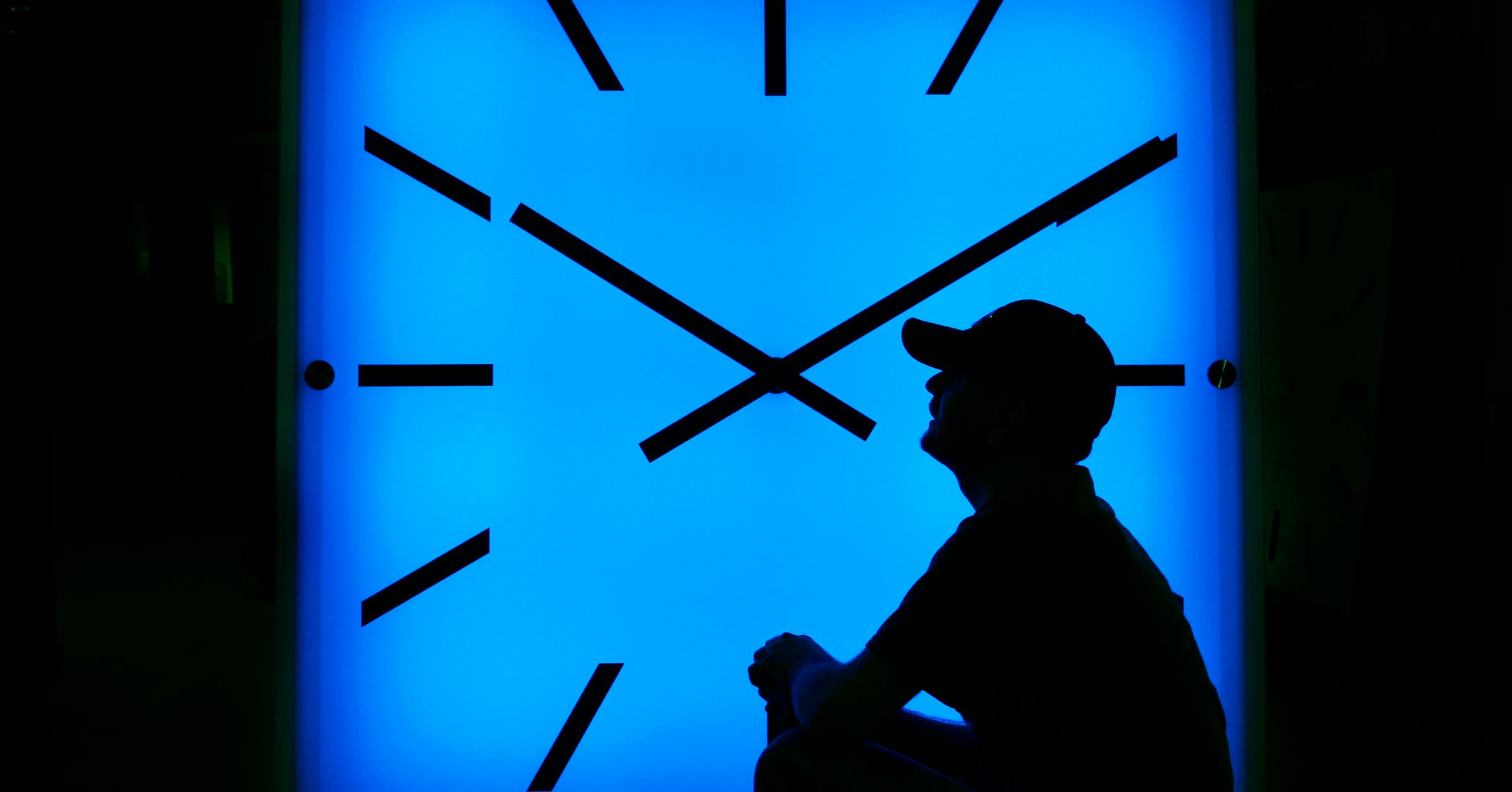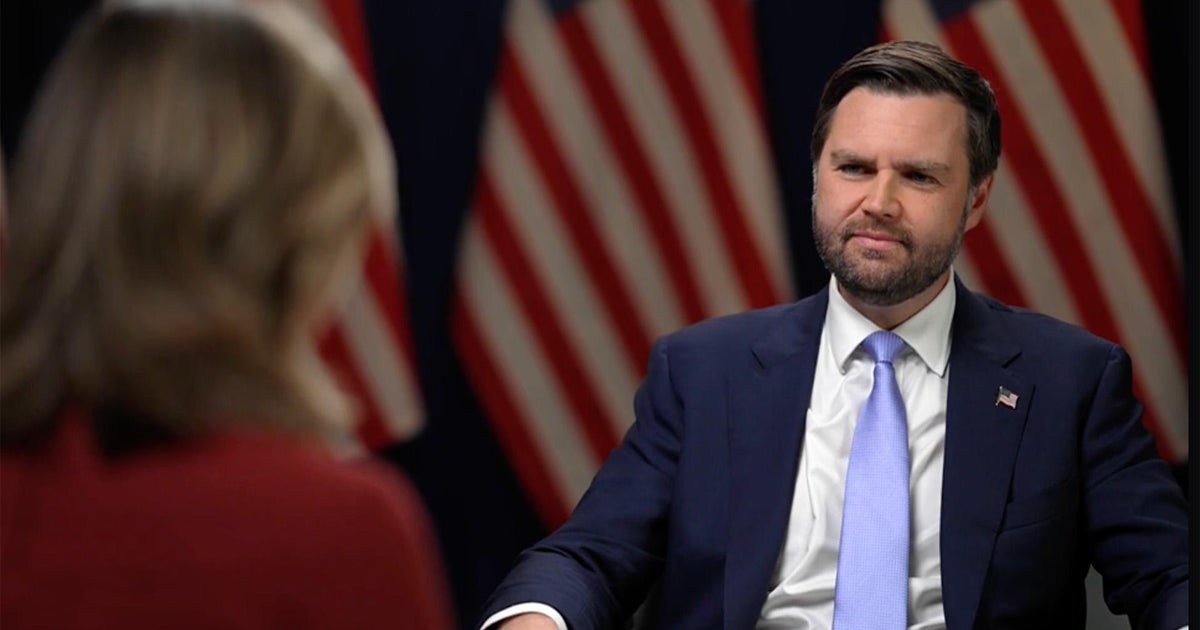Star Tribune
Federal government will tax Minnesota rebate checks

Minnesota won’t tax the rebate checks that were sent to households this fall, but the federal government will.
The IRS recently determined the checks will be considered federally taxable income, despite a push from state officials to get them to treat the rebates the same as untaxed pandemic-era relief payments passed by other states.
“Minnesota is being treated unfairly on this. They picked an arbitrary date to end the emergency,” said Gov. Tim Walz, who added that he’s been pushing for the IRS to reverse the decision. “Every other state was afforded this and they say we have to have a red line in the sand. I’m deeply disappointed.”
The federal government ended the COVID health emergency on May 11. Legislation authorizing the rebate checks was signed on May 24. “Simply, it’s not right,” added Walz, who called the decision “bullshit.”
The federal tax on the checks could cost between $26 and $286, depending on a household’s income and how much the received in rebates, according to an analysis from the Department of Revenue, first reported by MPR News.
The rebates were part of a $3 billion package of tax cuts and increases passed last session. Individual Minnesotans were eligible for a $260 rebate check if they had a gross adjusted income of up to $75,000 in 2021, and $520 for married filers who earned up to $150,000. Families could get an additional rebate check for up to three dependents, for a maximum of $1,300.
Rep. Kristin Robbins, R-Maple Grove, said Minnesotans initially anticipated $2,000 rebate checks, as proposed by Walz in 2022. The rebates shrunk to $260 during session and now they are being taxed, she said.
“Now on top of it they are going to have to pay federal taxes,” she said. “This just adds insult to injury.”
The state says it will now send a form to all rebate recipients to use when filing their federal individual income tax return next year.
“If they include this payment in their federal adjusted gross income, they should subtract it from their Minnesota taxable income on line 33 of Schedule M1M on their Minnesota return,” according to the department.
Not all Minnesotans will be hit with the federal tax. The Department of Revenue estimates 18% of rebate recipients don’t have a federal tax liability.
Staff writer Rochelle Olson contributed to this report
Star Tribune
This Rochester MN school police officer used to be a narcotics cop
Some take him up on it and fret when he’s not around.
“It is nice to be missed and be part of the school’s culture,” Arzola said. But mostly, he added, he wants kids to know that police aren’t around just for when the bad stuff happens. He’ll hand out his stickers and bracelets, even a trading card bearing his image. Then, they’ll talk about dogs and family.
School resource officer Al Arzola talks to students in his office at John Adams Middle School in Rochester on Oct. 11. (Leila Navidi/The Minnesota Star Tribune)
Two months ago, Rochester played host to a three-day training session for new SROs from across the state — an event organized by the Minnesota School Safety Center. On the final day, the 26 officers learned about surveillance challenges at the other school where Arzola works: Dakota Middle School.
It is a beautiful building with a scenic view. There is a lot of glass, too. Arzola, handling the role of instructor and tour guide, took the group outside and noted how one could look straight through the entrance to the large groups that gather inside. There were no curbs in front, either.
“There is nothing stopping any vehicle whatsoever from going through my front doors,” Arzola told the officers. “Law enforcement wasn’t talked to before this building was made. It was kind of like, ‘Here it is. You’re the SRO. Do what you do.’”
He showed them his office, too, which is separate from the main office and near those of other school support staff members. That makes sense, said Jenny Larrive, SRO coordinator for the Minnesota School Safety Center, given than SROs spend more time connecting with youth than on actual law enforcement.
Star Tribune
How Minnesota is recruiting poll workers in a divisive presidential election

“The basic rule in Minnesota is you cannot preemptively post law enforcement at a polling place,” he said. “A city can’t say, ‘Wow, Precinct Two, there’s a lot of intensity there, let’s just put a cop at the door.’”
Simon doesn’t go deep into the details on security, though. “I don’t want to give a total road map to the bad guys,” he said.
But testimony at the Capitol last year on behalf of the new law bolstering protections for election and polling place workers indicated there’s room for concern. One election worker was followed to her car by an angry voter; the head of elections in another county was called repeatedly on her home phone during off hours, and an official was lunged at by an aggrieved voter, forcing her to call the local sheriff.
Those who violate the law could now face civil damages and penalties of up to $1,000 for each violation.
The Brennan Center survey indicated more than four in 10 election leaders were concerned about recruiting enough poll workers due to threats of harassment and intimidation. This includes doxing — publishing a person’s personal information online in a threatening manner — and swatting, fake emergency calls that result in an armed response being sent to someone’s home.
“Election officials are working to prepare for everything right now,” said Liz Howard, director of partnership engagement at the Brennan Center. “More than 90% of election officials have made improvements to election security since 2020.”
Star Tribune
Daylight saving time ends next weekend. This is how to prepare for the potential health effects

The good news: You will get a glorious extra hour of sleep. The bad: It’ll be dark as a pocket by late afternoon for the next few months in the U.S.
Daylight saving time ends at 2 a.m. local time next Sunday, Nov. 3, which means you should set your clock back an hour before you go to bed. Standard time will last until March 9 when we will again ”spring forward” with the return of daylight saving time.
That spring time change can be tougher on your body. Darker mornings and lighter evenings can knock your internal body clock out of whack, making it harder to fall asleep on time for weeks or longer. Studies have even found an uptick in heart attacks and strokes right after the March time change.
”Fall back” should be easier. But it still may take a while to adjust your sleep habits, not to mention the downsides of leaving work in the dark or trying exercise while there’s still enough light. Some people with seasonal affective disorder, a type of depression usually linked to the shorter days and less sunlight of fall and winter, may struggle, too.
Some health groups, including the American Medical Association and American Academy of Sleep Medicine, have said it’s time to do away with time switches and that sticking with standard time aligns better with the sun — and human biology.
Most countries do not observe daylight saving time. For those that do — mostly in Europe and North America — the date that clocks are changed varies.
Two states — Arizona and Hawaii — don’t change and stay on standard time.
Here’s what to know about the twice yearly ritual.




